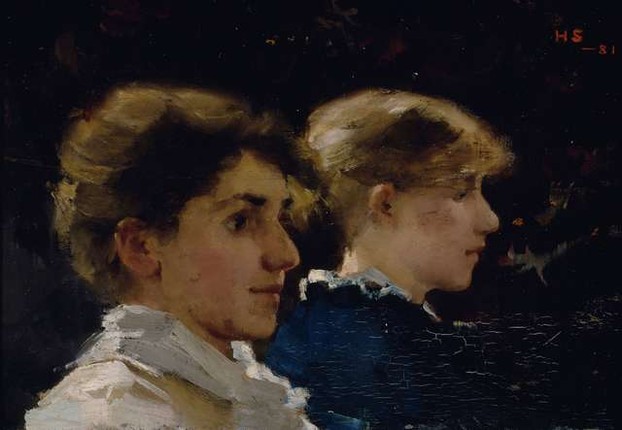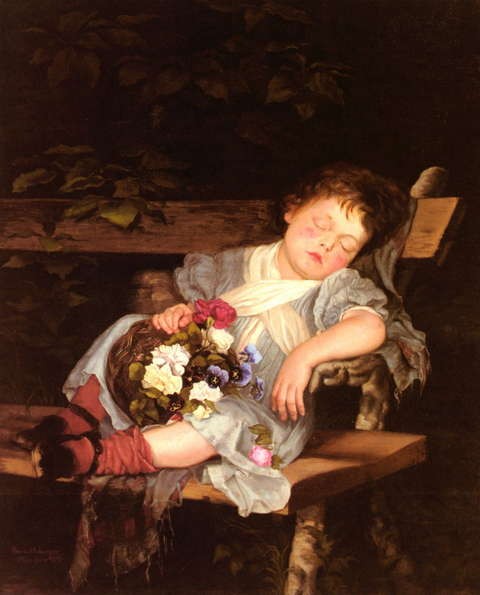Marianne Stokes was a painter from Austria who married another painter from England. They often worked and exhibited together but she achieved a pretty good share of fame on her own. While she is considered a leading female painter of the Victorian era, her legacy is almost forgotten today.
One of the possible reasons is the simple fact that the majority of her works belong to private collections and are very rarely publicly displayed. So I decided to present her work to a wider audience through an article with a lot of her pictures and some interesting tidbits from her life.
Here are 10 facts about Marianne Stokes.
















 Vintage Postcard Artists with 10 Examples of Easter Cardson 02/21/2025
Vintage Postcard Artists with 10 Examples of Easter Cardson 02/21/2025
 Valentine's Symbolson 01/23/2025
Valentine's Symbolson 01/23/2025
 Thanksgiving Symbolson 11/12/2024
Thanksgiving Symbolson 11/12/2024
 Famous Witches in Literary Historyon 10/06/2024
Famous Witches in Literary Historyon 10/06/2024



Can You Add Something About Marianne Stokes?
This is Marianne Stokes' autoportrait.
No, I don't think there is a public list of galleries containing their works. The book With Urmost Fidelity by Magdalene Evans might be a good starting point.
The Snow White image under the sixth fact, From naturalism to symbolism, has some intriguing elements.
For example, the painting has what looks like rocks under Snow White's coffin. But the coffin has an interesting metal design along its bottom It also has a shield lying against the headward part of that coffin bottom. It partially is covered with a coverlet that is sparsely but interestingly designed.
Is there a particular symbolism in the coverlet and metallic designs and in the shield?
The computer crashed before I could continue with my galleries-related comment.
Your commenting on galleries that collect Adrian and Marianne Stokes artwork drew to mind something that I've been meaning to ask.
Is there information somewhere as to the image to the left of your title? Was it a self-portrait by Marianne Stokes or a portrait by someone else, such as her friend Helen?
It would be interesting to view Adrian and Marianne Stokes artwork in person.
Would there be a list somewhere -- I found none no matter how much I searched -- on the internet or in some publication as to the addresses and names of the galleries that may exhibit Adrian and Marianne Stokes artistry?
In particular, I would be most interested in France, Great Britain and the United States from the list of four countries that you mentioned in your comment below.
Most of their work today is in Great Britain but I found some listed in Galleries in USA, France, and Australia.
I think you could find most of information talking to museums and galleries where her work from private collections is occasionally exhibited. Some works, of course, are 'forgotten' on private walls.
Thanks, Veronica. I hope I present her work to as many people as possible.
In my opinion, Adrian and Marianne were mostly successful in their lives following the trends which are out of fashion now. So they are both a bit out of fashion too.
According to my data, Adrian and Marianne collaborated mostly on consulting each other on the subjects covered by one and the other.
I think the data from Austria is just too old and nobody really tried to dig into old documents about her family tree.